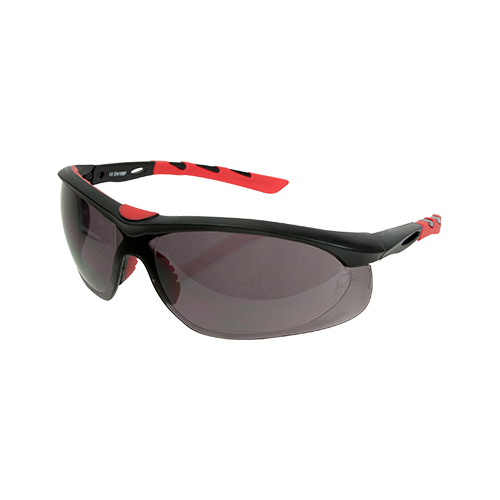FAQ
How long should chainsaw chaps be?
Precise measurement is an important step in ensuring that you get chaps that are the right size. If chaps are too short, your legs could be exposed. Chaps that are too long, however, are also unsafe since they could cause you to trip.
Chaps should be long enough to cover the tops of your boots. To know how long your chaps should be, measure from your waist (just below the belt where the chaps will sit) to the beginning of your foot. This length will provide full coverage and protection.
How do I choose chainsaw chaps?
Before choosing chainsaw chaps, check to see that the chainsaw chaps comply with safety standards issued by international certifying bodies and that they have been tested by professionals to ensure the protection from contact with a chainsaw. Chaps are rated by OSHA and ASTM (the American Society for Testing and Materials) and ANSI (American National Standards Institute) and receive certification from UL (Underwriters Laboratories). In order for chaps to have an OSHA rating, they must be made out of cut-resistant material and provide coverage from the beginning of the thigh to the top of the boot on each leg. ASTM has two standards for chaps: a standard for the performance of chaps (ASTM F1897-14) and a standard for testing chaps (ASTM F1414). Chainsaw chaps with the UL label meet ASTM’s performance and testing standards.
When evaluating the material of chainsaw chaps, research the number of layers as well as how thick they are. Each chap has a different number of layers – the more layers the better. Oregon’s
Apron Chaps and
Full-Wrap Chaps are made from eight layers of fabric. When evaluating the thickness of chap layers look for the term “denier,” which denotes how thick chaps are. Pay attention to sizing in order to maximize your protection from injury. The length given for a pair of chaps is the overall length – not the length of the inseam. For more information on how to find the right size, see the question “How long should chainsaw chaps be?” For even more information about chainsaw chaps, read our chainsaw protective gear instructional guide.
How do you wash chainsaw chaps?
In order to protect the material structure, you should always wash your chainsaw chaps by hand and then hang them to dry.
How do chainsaw chaps work?
Remember, chainsaw chaps are not cut proof. What they do is prevent the moving chain from cutting your leg. The resistant material in the chaps tangle up in the chain, providing a few seconds to move your chainsaw away from you or shut it off completely. You will be protected if you should stumble and accidentally trip while walking.











